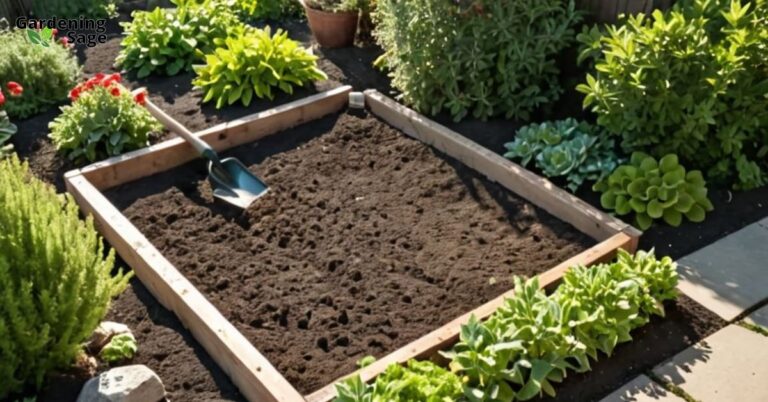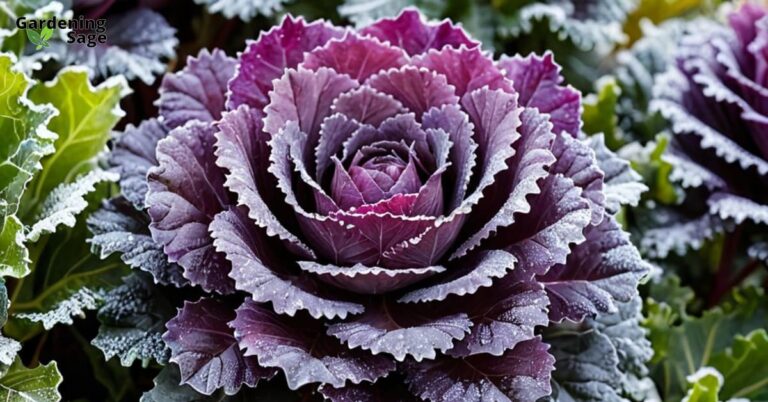Embarking on Your Greenhouse Gardening Journey
For many gardeners, the dream of having a lush, year-round garden filled with colorful flowers and fresh vegetables often seems out of reach. But with a greenhouse, you can make that vision a reality! Greenhouses allow you to extend the growing season and cultivate plants that normally couldn’t survive your climate. If you’re eager to become a greenhouse gardening pro, read on for your complete how-to guide.
Choosing the Perfect Greenhouse
When starting your greenhouse gardening endeavor, one of the first steps is selecting the right greenhouse design for your space and plants. Here are some key factors to consider:
- Size – Make sure to pick a greenhouse large enough for the number and types of plants you want to grow, but also consider the future expansion of your garden.
- Material – Greenhouses come in various materials such as glass, plastic, and fiberglass. Compare their durability, insulation properties, and cost to find the best fit for your needs.
- Freestanding, Lean-to, or Attached – Determine the best structure for your yard, taking into account the available space and the ease of access to your home.
- Ventilation – Proper airflow is crucial to prevent overheating and humidity build-up. Look for greenhouses with adjustable vents, windows, and exhaust fans to maintain a healthy environment for your plants.
Additionally, consider the orientation of the greenhouse for maximum sunlight exposure, and think about the ease of assembly if you’re constructing it yourself. The foundation is also important; ensure it’s stable and appropriate for your chosen location.
Preparing the Greenhouse Environment
Once you have your greenhouse set up, you’ll need to optimize the internal environment to ensure your plants can thrive. Here are some tips:
- Add shelving and tables for your plants to have plenty of room to grow, and consider the ergonomics to make your gardening tasks more comfortable.
- Install lighting and heaters to maintain ideal temperatures year-round, especially during the colder months when sunlight is limited.
- Use thermometers and hygrometers to monitor temperature and humidity conditions, adjusting your heating and cooling methods accordingly.
- Line the beds with weed barrier fabric to prevent weeds from competing with your plants for nutrients and water.
- Consider installing an irrigation system for easy watering, which can be automated to save time and ensure consistent moisture levels.
It’s also beneficial to add a layer of mulch to help retain soil moisture and regulate temperature. Additionally, think about the type of soil or growing medium that will best support your plants’ growth.
Selecting the Best Plants
One of the joys of greenhouse gardening is being able to grow a variety of plants not normally suited for your zone. Some top options include:
- Tomatoes – Grow vine-ripened tomatoes even in cold climates, choosing from a wide range of varieties that may not typically thrive outdoors in your area.
- Peppers – Enjoy a fresh harvest of peppers long after the summer season ends, experimenting with both sweet and hot varieties.
- Herbs – Grow tender herbs like basil, cilantro, and thyme year-round, providing you with a constant supply for your culinary needs.
- Leafy Greens – Fill your salads with a variety of greenhouse-grown spinach, kale, and other greens, which are often more tender and flavorful than store-bought counterparts.
- Citrus Trees – Lemon, lime, and orange trees can thrive in the controlled environment of a greenhouse, offering fresh citrus even in non-tropical climates.
Additionally, consider exotic plants like orchids or tropical fruits that can flourish in a greenhouse setting. The possibilities are nearly endless, and with the right conditions, you can experiment with plants from all over the world.
Caring for Your Greenhouse Plants
While your greenhouse plants will generally require less maintenance than outdoor plants, they still need attentive care to ensure they grow healthy and strong. Follow these tips:
- Water your plants early in the day to allow excess moisture to evaporate, reducing the risk of fungal diseases.
- Apply fertilizer regularly, following a schedule that matches the specific needs of each plant for optimal growth and fruit production.
- Prune and trellis plants as needed to encourage better air circulation and light penetration, which can lead to more robust growth.
- Monitor for pests and diseases regularly, and treat promptly with organic or chemical controls as appropriate for your gardening philosophy.
- Allow for pollination by hand or with the help of pollinator fans or insects if necessary, to ensure fruit and seed production.
Regularly clean your greenhouse to prevent the buildup of pathogens, and rotate crops to minimize the risk of soil-borne diseases. It’s also important to stay informed about the specific needs of each plant species you’re growing.
Reaping the Benefits
With the right preparation and care, greenhouse gardening allows you to enjoy homegrown produce and beautiful blooms regardless of the season. The satisfaction of nurturing plants from seed to harvest is unmatched, and the taste of fresh, homegrown food is incomparable. Visit our website to get more greenhouse tips and start growing today!
Remember, a greenhouse is not just a means to grow food; it’s a sanctuary where you can relax, learn, and connect with nature. Whether you’re a novice or an experienced gardener, the greenhouse is a space of endless possibilities and rewards. Embrace the journey, and watch as your green thumb turns your greenhouse into a vibrant oasis.














